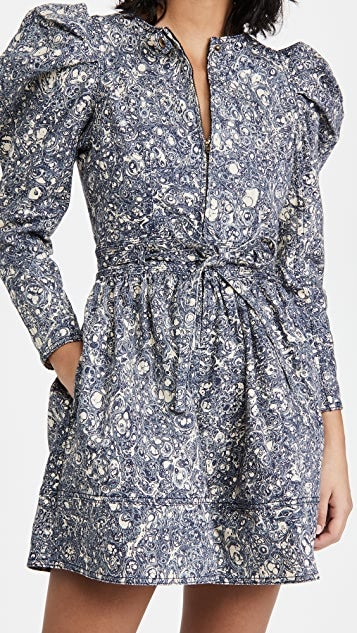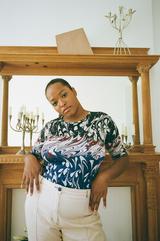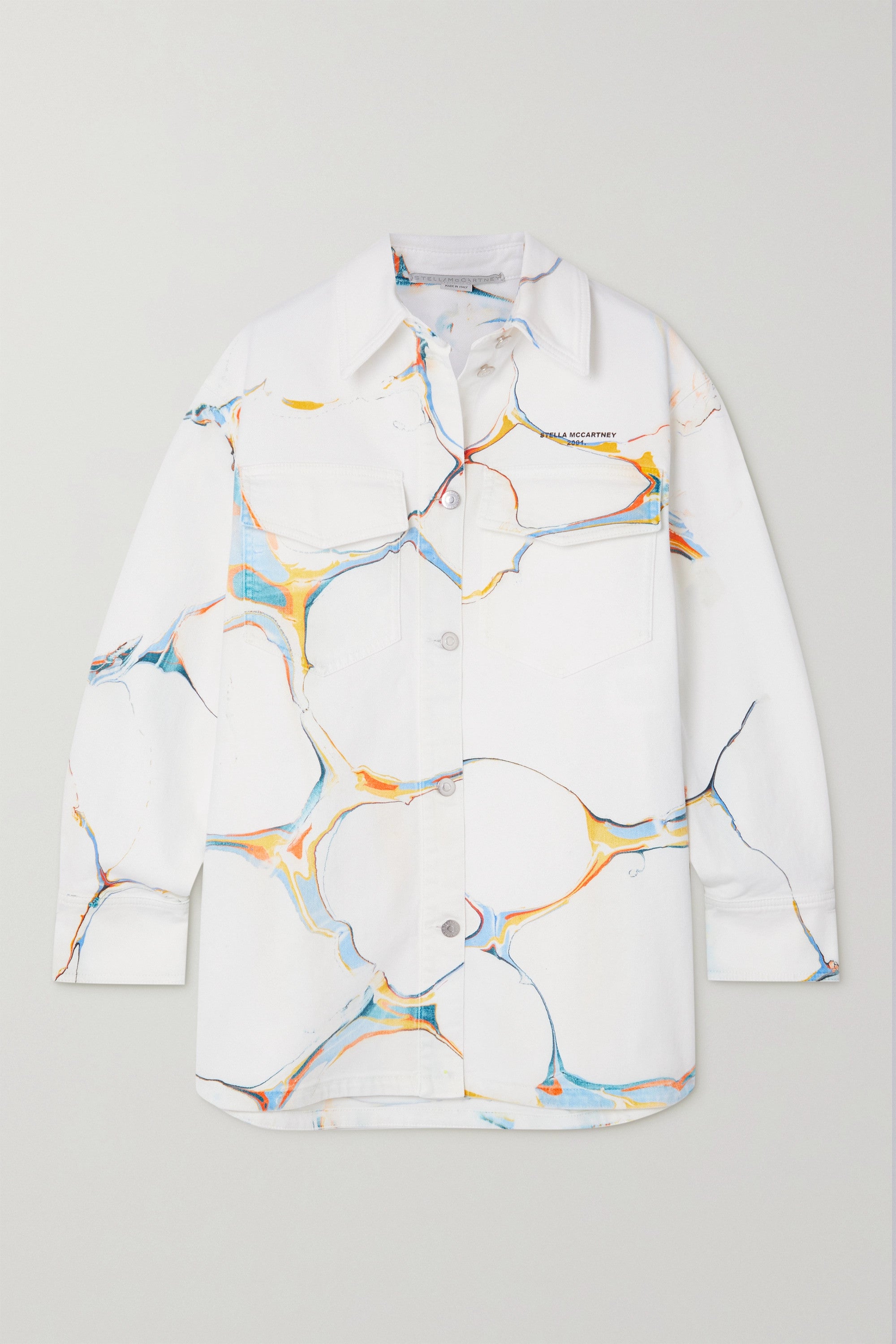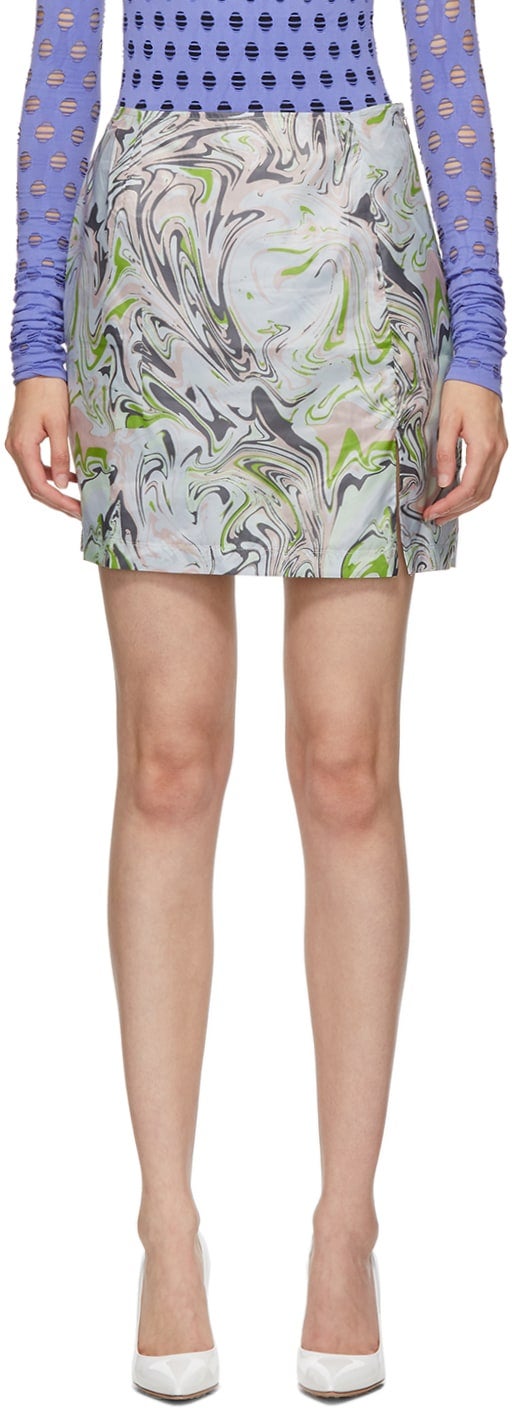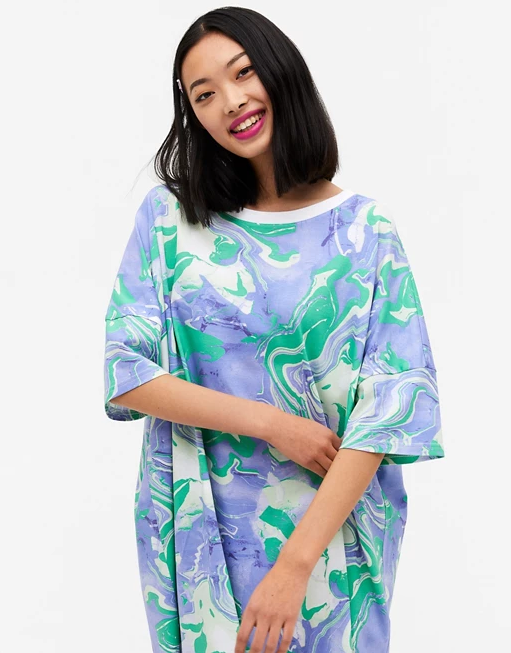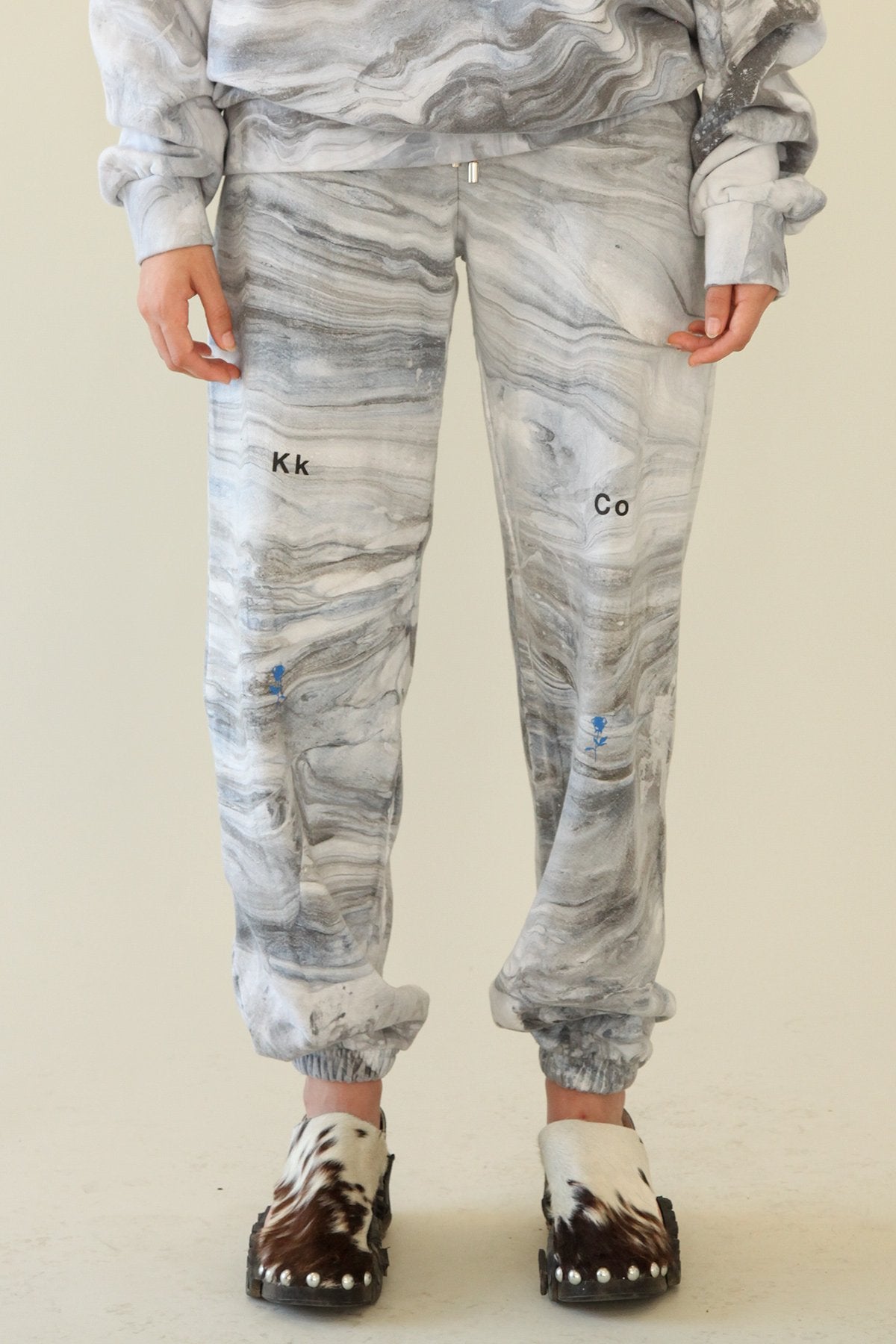Flash-fashion events are like lightning, only lasting a hot second before disappearing into the seasonal ether — but even such fleeting fads can leave a lasting mark. Welcome to Micro Trends, where we explore the latest and greatest of these blink-and-you’ll-miss-them style moments.
Try not to grin the instant you lay eyes on a Myfawnwy creation. Each piece in the bespoke assortment of clothing, accessories, and home goods is adorned with an electric swirl of marbled paint that's reminiscent of the undulating pattern on an archival book — only injected with a dose of DayGlo hues. If designer Maisie Broome’s designs look more than a little familiar, it’s probably because her time-honed and hand-executed marbling technique is suddenly adorning the offerings of all of our favorite fashion brands. Or, maybe it's because you stumbled across one of the mesmerizing time-lapse process videos on her colorful Instagram. No matter how you got hooked, you’re probably dying to know more about this ancient method of “aqueous paper design” — traditionally associated with the dusty trades of book-binding and stationary — that’s suddenly seeping into the world of RTW.
AdvertisementADVERTISEMENT
While the tradition has existed for centuries across cultures (see ebru, the Turkish iteration; and suminagashi, which originated in Japan in the 12th century) Broome attributes the recent spike in popularity to “the creative subconscious that’s swirling around. There’s this very abstract and psychedelic vibe to [to marbling],” she continues, “and I guess people are interested in the technique.” If you haven’t had the pleasure of zoning out to one of the kinetic montages that illustrates Broome’s printing process, here are the Cliff’s Notes: the process involves strategically distributing dollops of paint into a bed of viscous liquid and manipulating the shapes until the desired motif has been achieved, and then laying fabric — very carefully — on top of the suspended paint.
While most of the marbled patterns available in the retail-sphere consist of digitally printed replications of Broome’s painstaking DIY process, they share the same fluid, impressionistic feel as her one-of-a-kind goods. (If you’re dying to get your hands on the real thing, sign up for the Myfawnwy newsletter — the brand’s limited edition, individually-printed pieces sell out with lightning speed.) What the designer loves about the process, she shares, is that “you never really know what’s going to happen. It keeps me on my toes, and there's so much room for experimentation with it.” After a year of uncertainty, marbling is a process that puts the beauty back into chaos.
At Refinery29, we’re here to help you navigate this overwhelming world of stuff. All of our market picks are independently selected and curated by the editorial team. If you buy something we link to on our site, Refinery29 may earn commission.
AdvertisementADVERTISEMENT







